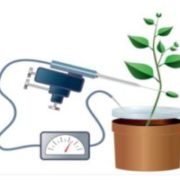
Review: Zooming in on plant hormone analysis: Tissue- and cell-specific approaches ($)
0 Comments
/
Throughout plant life cycle, from germination till reproduction, every event is regulated by a highly complex network of hormones. Unlike animals where hormones are synthesized in specific glands, each plant cell is able to produce hormones. However, hormones are synthesized in specific organs in plants.…
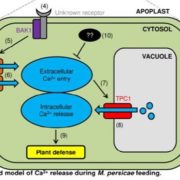
Rapid cytosolic calcium elevations in Arabidopsis during aphid feeding
Calcium signaling is a common plant response to many different stimuli. Vincent et al. used a fluorescent calcium reporter, GCaMP3, to record calcium responses in Arabidopsis to feeding by aphids (specifically, the green peach aphid Myzus persicae). Through analysis of various mutants, key components…
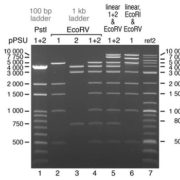
The pPSU plasmids for generating DNA molecular weight markers
Anyone who is trying to manage a laboratory on a budget will enjoy reading about the efforts of Henrici et al., who have designed a pair of plasmids that together can be digested with one of two restriction enzymes to produce either 100-bp or 1000-bp DNA molecular weight markers. As the authors report,…
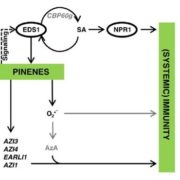
Monoterpenes support systemic acquired resistance within and between plants ($)
Pathogen perception leads to local and systemic immune responses including systemic acquired resistance (SAR). The nature of the mobile signals and their movements remain uncertain. Riedlmeier et al. demonstrated that certain monoterpenes including α- and β-pinene accumulate in SAR-inducing conditions…
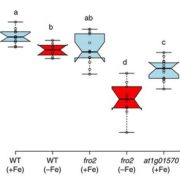
Natural allelic variation of FRO2 modulates Arabidopsis root growth under iron deficiency
Iron is an essential nutrient that plants assimilate from the soil. Moderate iron deficiency induces an increase in primary root length and lateral root production. Satbhai et al. examined natural variation of root responses and showed a correlation between root length and allelic variation at the FRO2…
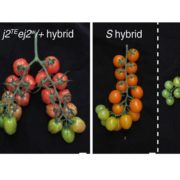
Bypassing negative epistasis on yield in tomato imposed by a domestication gene
Tomatoes normally grow as multiple flowers along a single branch. Soyk et al. explored a large collection of wild and domesticated accessions to identify those with branched inflorescences, which should be able to produce more fruit per plant. They identified a few related branchy mutants which they…
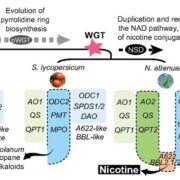
Wild tobacco genomes reveal the evolution of nicotine biosynthesis
The genus Nicotiana encompasses several species and hybrids, the most famous being Nicotiana tabacum, cultivated for production of tobacco. Xu et al. sequenced the genome of Nicotiana attenuata and Nicotiana obtusifolia with an interest in identifying the origins of nicotine biosynthesis. Nicotine is…
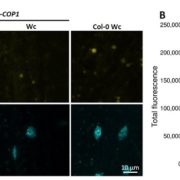
Role of SPA proteins in COP1 subcellular localization ($)
SPA (SUPPRESSOR OF PHYTOCHROME A-105) proteins form a complex with COP1 (CONSTITUTIVELY PHOTOMORPHOGENIC 1) and are required for COP1 to respond to changes in the light environment and transduce light signals and influence plant development. In this paper, Balcerowicz et al. investigated the importance…
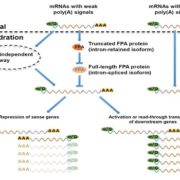
Dehydration stress extends mRNA 3′ UTRs with noncoding RNA functions ($)
Sun et al. observed that under dehydration stress, many genes showed a 3′ untranslated region (3′ UTR) extension of roughly 200 – 800 nucleotides. The outcome of these extensions appears to be the regulation of other genes. For example, through their extension, many (more than 600) of the extended…

